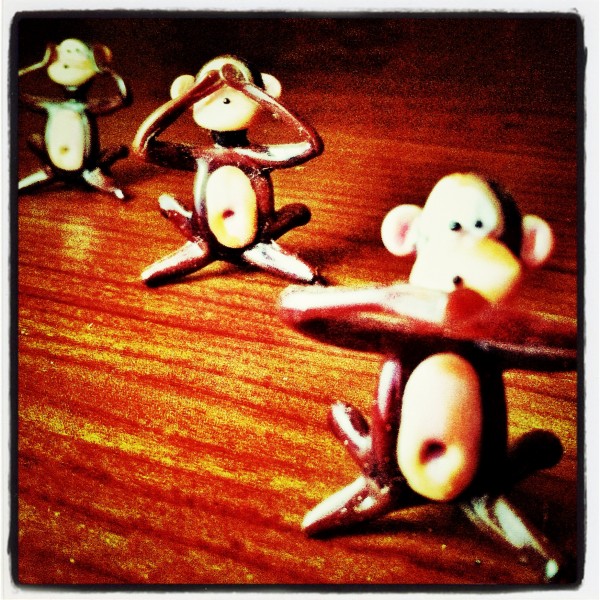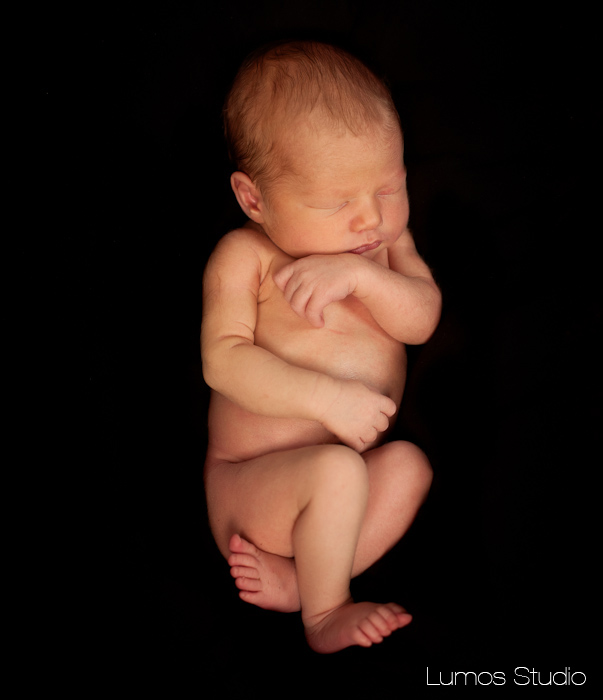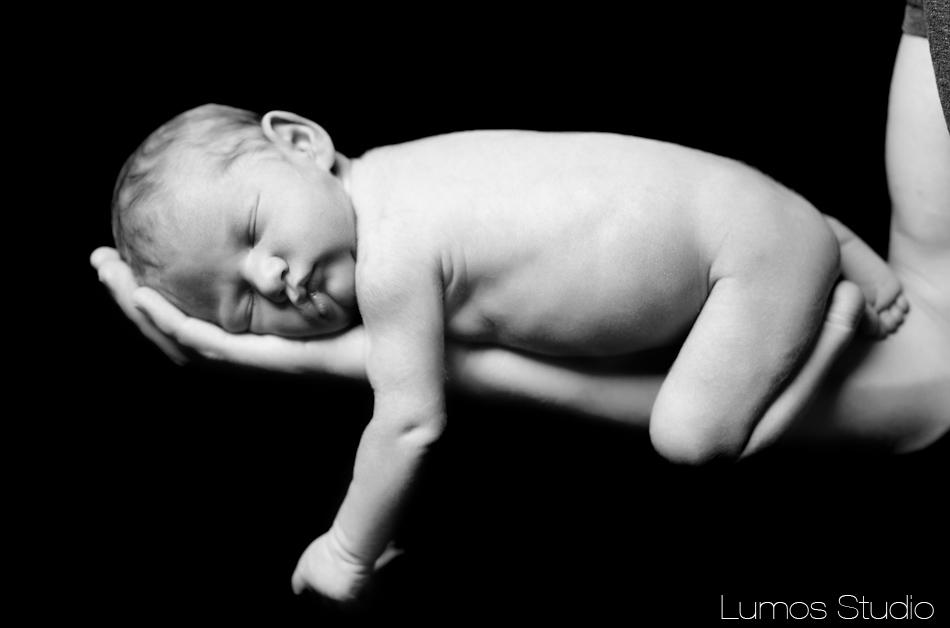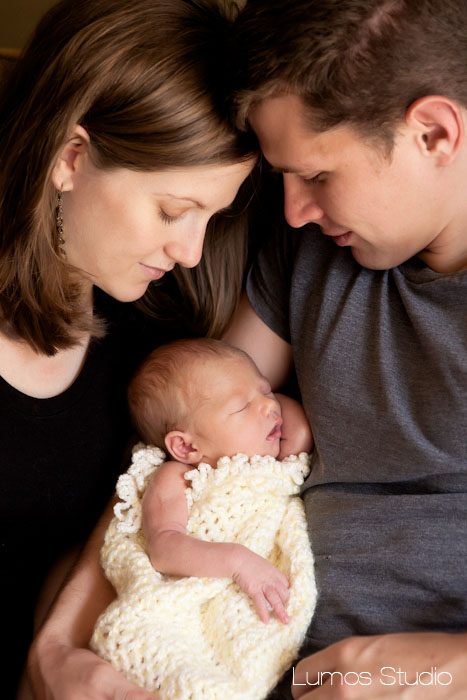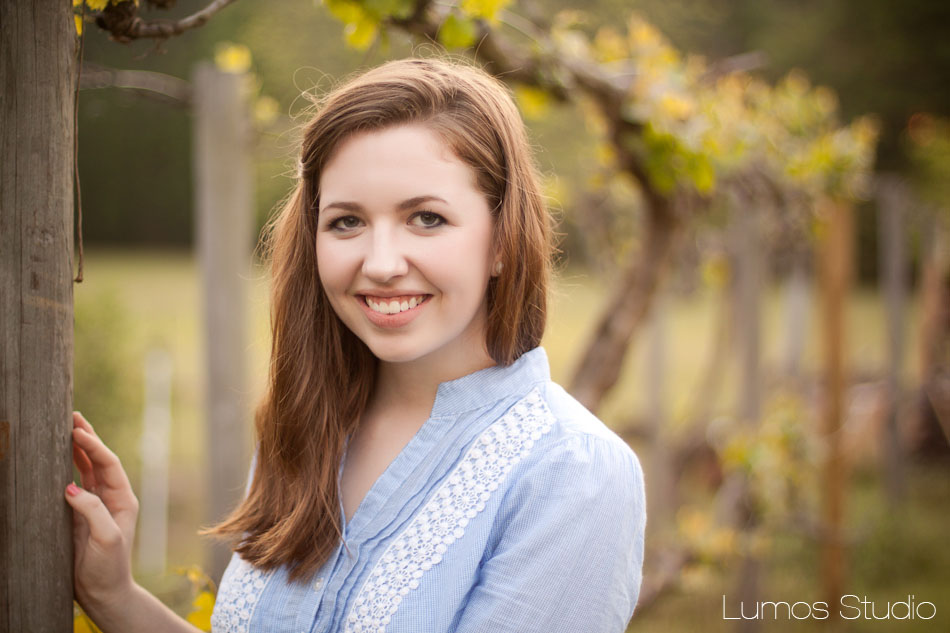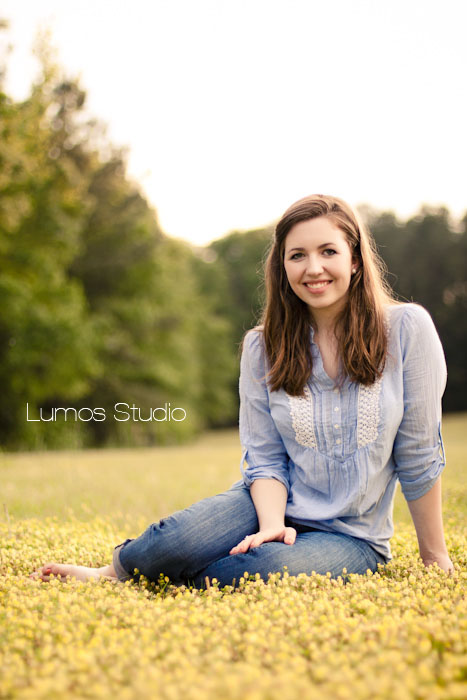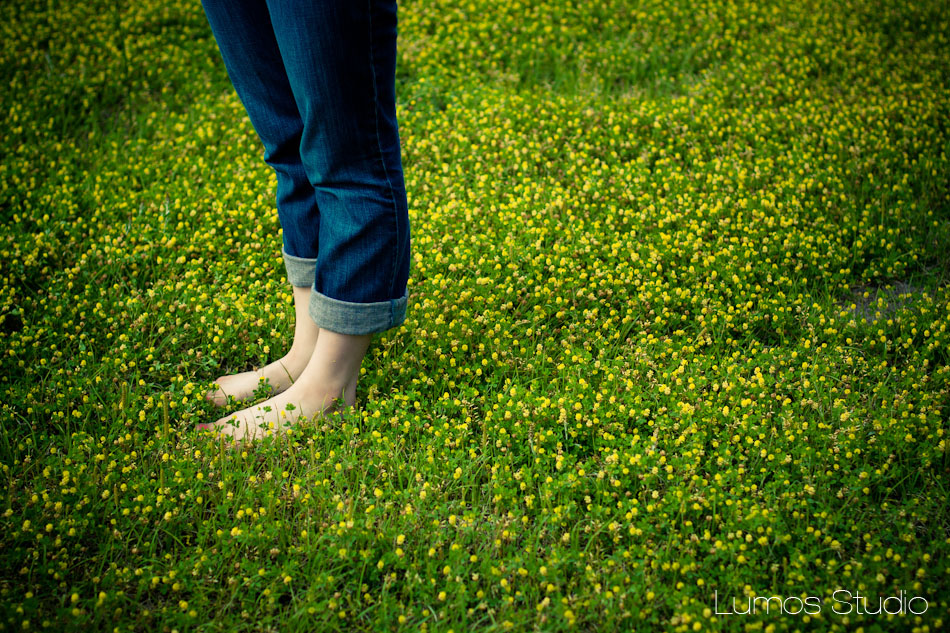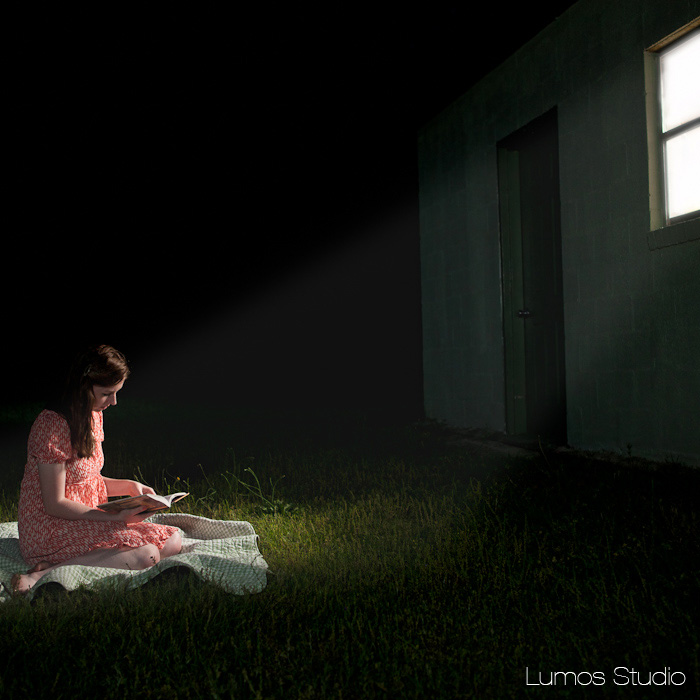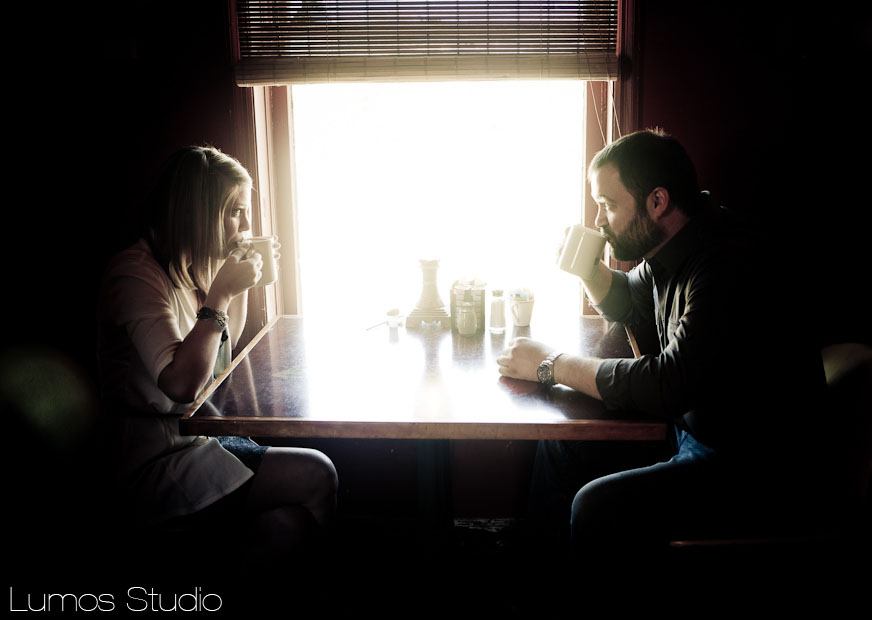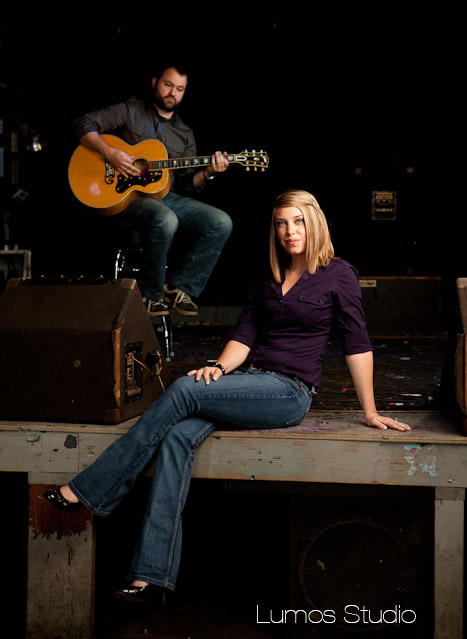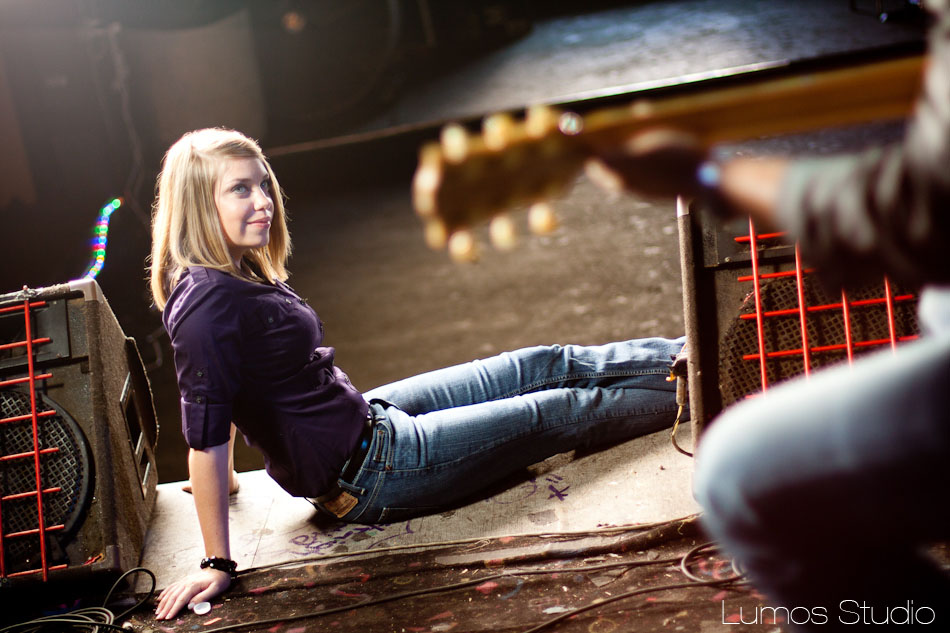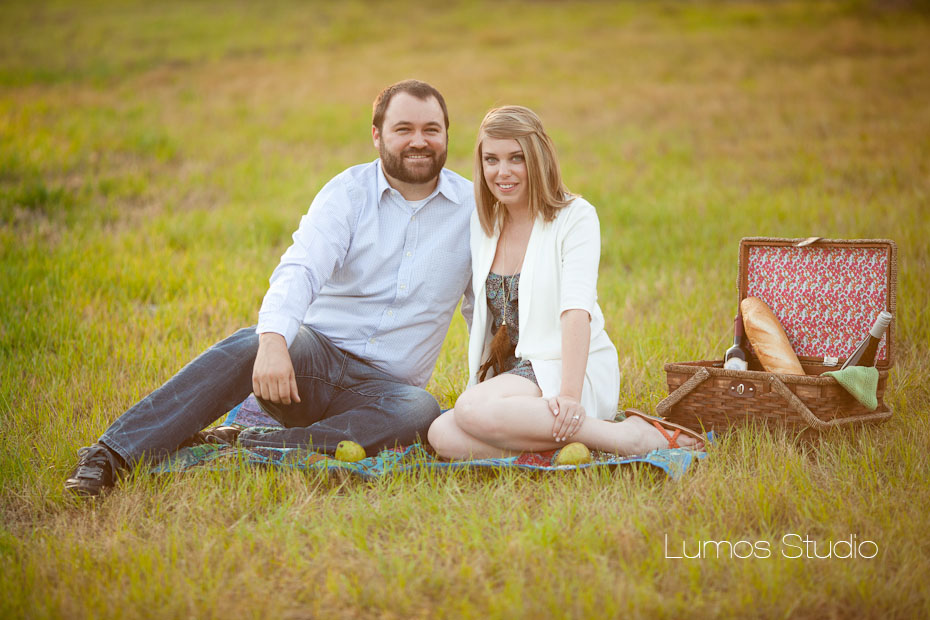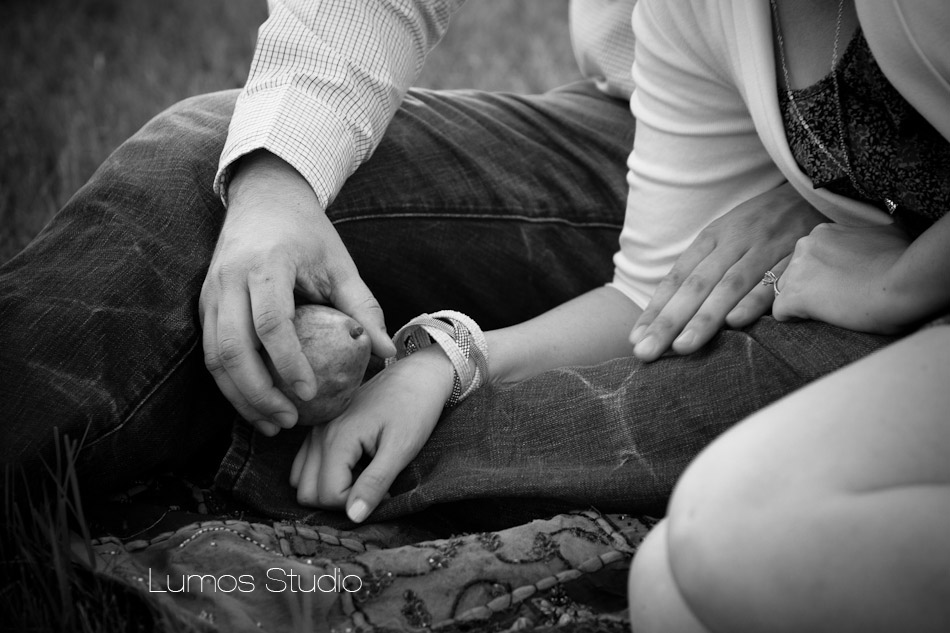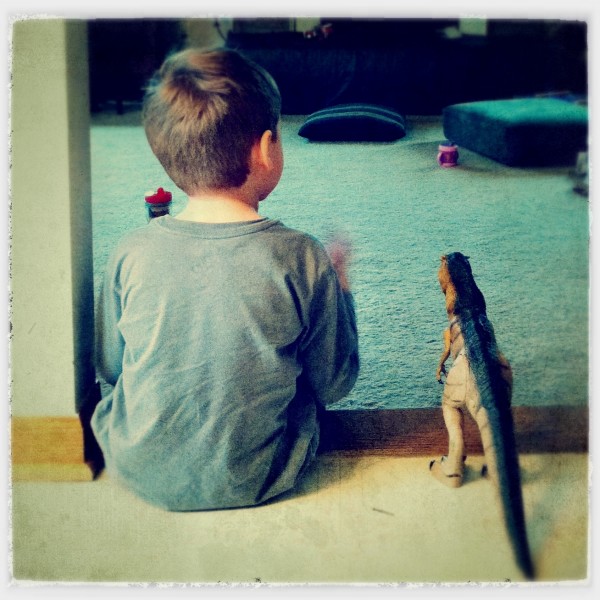Archive for January, 2012
Strengths and Weaknesses of Using a Camera Phone
The phone in a camera has certain strengths and certain weaknesses when compared to a dSLR or a decent point-and-shoot. For example:
Weaknesses:
- Lower-quality lens
- Smaller sensor (usually leading to more noise)
- Inability to zoom mechanically (fixed focal length)
- Shutter lag (a delay between pressing the shutter button and the photo being taken)
- Slow focus and/or limited ability to focus
- Very wide depth of field (usually)
- Limited (if any) control over exposure
Strengths:
- Always with you
- Ummm…
Weaknesses as Strengths
But it turns out that even the weaknesses of a camera phone can be strengths when thought of properly. Ask almost any artist and they’ll tell you that by placing limits on themselves they force themselves to grow. I’ve found that’s the case with photography.
A lower quality lens and smaller, noisier sensor mean that the images I take with my iPhone aren’t going to stun anyone with their sharpness and purity of tone. As a result, I have to compensate. I have to use color, composition, and an interesting subject to create an image that has impact despite having slightly smudgy pixels (not a technical term).
Shutter lag and slow focus mean that I have to become excellent at timing my images–using techniques that film shooters may still remember like pre-focusing. That’s where you focus on the spot where you know your subject is going to be before they get there, then snap the frame when they arrive. It turns out that’s still a useful skill, even with a professional camera, because autofocus, even with the most expensive lens, is sometimes dumb, and doesn’t know that the child playing 20 feet away is more interesting than the shrubs 50 feet away.
The very wide depth of field on camera phones is probably the limitation that annoys me most often. Honestly, I could do without it. But that said, it reminds me of an important lesson that comes in handy when I’m shooting with my “real” cameras. Try this–focus your camera phone on something really close to the lens. It will probably take some adjusting to find out how close your phone can focus. Look at what happens to the background. It goes out of focus. You can’t do that further away, but reeeealy close to the lens it will work. Turns out the same optical principles are at work in a dSLR or a point-and-shoot. Here’s an example of this principle that I took using my iPhone and some monkeys:
Limited ability control exposure, while sometimes frustrating, means that I really have to think about light when I’m composing a shot with my phone. It also means that the shot I thought I wanted might not be possible at all, and I have to take an entirely different photo–perhaps a silhouette. Different ideas appear where I was previously fixated on one image.
Perhaps the most limiting and, therefore, most growth-inducing element of mobile photography is the inability to change the focal length of your lens. Much of the time, changing focal length means “zooming”, but it can also mean changing lenses on a dSLR. The problem with zooming is that it provides infinite different relationships between the subject, the photographer and the background. Yes, that’s tremendously important to me as a wedding photographer, but as someone who wants to grow in his art, it can become a stumbling block. This limitation forces me to break rules that I’ve generally photographed by–“fill the frame with faces”–and reinforces others–“don’t photograph people from too close”. It causes me to look for wide shots that wouldn’t have even been on my radar in the past. It also makes me get to know the focal length of my phone’s camera really well. At this point I know almost immediately whether a scene will look good with my iPhone or not, and that also gives me an idea of what lens to use if I want to photograph it with my “real” camera.
I hope you’re enjoying these little articles. If you have any questions please leave them in the comments and I’ll do my best to answer them. (To the smart-Alecs who will immediately want to ask a non-photography question, the answer is “42”.)
Strengths and Weaknesses of Using a Camera Phone
The phone in a camera has certain strengths and certain weaknesses when compared to a dSLR or a decent point-and-shoot. For example:
Weaknesses:
- Lower-quality lens
- Smaller sensor (usually leading to more noise)
- Inability to zoom mechanically (fixed focal length)
- Shutter lag (a delay between pressing the shutter button and the photo being taken)
- Slow focus and/or limited ability to focus
- Very wide depth of field (usually)
- Limited (if any) control over exposure
Strengths:
- Always with you
- Ummm…
Weaknesses as Strengths
But it turns out that even the weaknesses of a camera phone can be strengths when thought of properly. Ask almost any artist and they’ll tell you that by placing limits on themselves they force themselves to grow. I’ve found that’s the case with photography.
A lower quality lens and smaller, noisier sensor mean that the images I take with my iPhone aren’t going to stun anyone with their sharpness and purity of tone. As a result, I have to compensate. I have to use color, composition, and an interesting subject to create an image that has impact despite having slightly smudgy pixels (not a technical term).
Shutter lag and slow focus mean that I have to become excellent at timing my images–using techniques that film shooters may still remember like pre-focusing. That’s where you focus on the spot where you know your subject is going to be before they get there, then snap the frame when they arrive. It turns out that’s still a useful skill, even with a professional camera, because autofocus, even with the most expensive lens, is sometimes dumb, and doesn’t know that the child playing 20 feet away is more interesting than the shrubs 50 feet away.
The very wide depth of field on camera phones is probably the limitation that annoys me most often. Honestly, I could do without it. But that said, it reminds me of an important lesson that comes in handy when I’m shooting with my “real” cameras. Try this–focus your camera phone on something really close to the lens. It will probably take some adjusting to find out how close your phone can focus. Look at what happens to the background. It goes out of focus. You can’t do that further away, but reeeealy close to the lens it will work. Turns out the same optical principles are at work in a dSLR or a point-and-shoot. Here’s an example of this principle that I took using my iPhone and some monkeys:
Limited ability control exposure, while sometimes frustrating, means that I really have to think about light when I’m composing a shot with my phone. It also means that the shot I thought I wanted might not be possible at all, and I have to take an entirely different photo–perhaps a silhouette. Different ideas appear where I was previously fixated on one image.
Perhaps the most limiting and, therefore, most growth-inducing element of mobile photography is the inability to change the focal length of your lens. Much of the time, changing focal length means “zooming”, but it can also mean changing lenses on a dSLR. The problem with zooming is that it provides infinite different relationships between the subject, the photographer and the background. Yes, that’s tremendously important to me as a wedding photographer, but as someone who wants to grow in his art, it can become a stumbling block. This limitation forces me to break rules that I’ve generally photographed by–“fill the frame with faces”–and reinforces others–“don’t photograph people from too close”. It causes me to look for wide shots that wouldn’t have even been on my radar in the past. It also makes me get to know the focal length of my phone’s camera really well. At this point I know almost immediately whether a scene will look good with my iPhone or not, and that also gives me an idea of what lens to use if I want to photograph it with my “real” camera.
I hope you’re enjoying these little articles. If you have any questions please leave them in the comments and I’ll do my best to answer them. (To the smart-Alecs who will immediately want to ask a non-photography question, the answer is “42”.)
Baby Photos: Amelia
My friend Brandi teaches elementary school. When she announced to her class a few years ago that she was getting married one of her students piped up excitedly: “You’re gonna’ have a baby!”
As it happens, Brandi did have a baby a few years later, but we’ll get to that little guy in a later post. See, Wendy and I photographed Danny and Becky’s wedding a few years ago, and this past summer, they added a little one to their family. Meet Amelia.
Precious, huh? Here’s another.
Remember guys, baby-curls will get your biceps ripped.
Of course, when adding a baby to your family’s number, there’s always the possibility that other family members will be apprehensive. That was the case with Emmy.
Fortunately, whatever doubts Emmy had she got over quickly, and now she and Amelia are great buds, even if Amelia does pull her ears from time to time.
Since we took these photos, Amelia has only gotten cuter, which is impressive given how cute she was to begin with.
I hope everyone is having a better week now that Wikipedia is back up. Remember to fight internet censorship, lest little ones like Amelia grow up in a world where they don’t even know the meaning of “Rickrolled.”
Senior Photos: Rebekah
Seniors have been woefully underrepresented on the blog, and so, before getting back into our usual wedding-heavy rotation, I thought we’d include a few from Rebekah’s shoot last spring.
At that time, Rebekah was one of my students. It would be pretty well impossible to capture Rebekah’s awesomeness in a few words on a blog. Let’s just say she was instrumental in the Snuggie incident and leave it at that.
Rebekah loves to read, which, as someone who taught English for years, has a special appeal to me. I liked the idea of this girl who loves to read, but also loves the outdoors, so even when the sun has gone down she hunkers down by a window with her book, unable to let go of the story despite the faded light. Rebekah was nice enough to play along.
It’s tough to believe Rebekah has already finished her first semester of college. (She’s doing fantastically, by the way.) It’s a good reminder, though, that time moves quickly, so you’d better hurry and read those good books while you can!
Ben + Angel: Engagement Session
The new year is now officially in full-swing, and for some of us, our first full week of work looms darkly ahead. If recent bowl games and the last few days’ spring-like weather weren’t enough to lift your spirits, hopefully Ben and Angel’s photos will help dispel some of that gloom and get you ready to face the week with a spring in your step. I’ll offer some pointers along the way in case you need a little nudge.
Of course, the best way to start off any week is with coffee.
Like Wendy and me, Ben and Angel spent a good bit of their courtship hanging out at a coffee shop together. However, while Wendy and I stared adoringly at each other over cups of Cool Beans coffee, Ben and Angel were doing much the same across the river at Cafe Strudel. So, tip one is: Start your week at a local coffee house. You’ll definitely find good coffee and you might find love…
Ben and Angel didn’t actually meet at Cafe Strudel, though. They met at a show at New Brooklyn Tavern. You might have guessed from the photo that Ben is a musician and you’d be right. (Sorry, Angel, for the times I monopolized your future husband talking about music!)
So, even if your Monday doesn’t get off to the greatest start, you can take the edge off by following tip #2: Listen to music that makes you feel good. (For bonus points, add “local” to this tip as well.)
If even the sweetness of caffeine and the sweet balm of melody can’t get you ready to face the week, I’d suggest tip #3: Do something kind for someone else.
Getting them a diamond engagement ring may be overdoing it…a cup of coffee or a smile will likely suffice.
If you’ve followed along the plan this far and still find yourself in the doldrums, you may be forced to engage in tip #4: Go outside.
Ah yes, the sun, the fresh air, the need to take a Claritin…
Finally, if you’re outside with a delicious cup of hot, local coffee, listening to great music while reflecting on the many old ladies you helped cross the street and the idea of a full week of work is still getting you down, the only tip left I have left is #5: Give your beloved a big kiss.
 Yeah, that makes everything better.
Yeah, that makes everything better.
We hope these tips were helpful and that you have a fantastic week to come! Come back to visit on Thursday and please, kiss responsibly.
Four Things I Love About Mobile Photography
“See, I write jokes for a living, man. I sit in my hotel at night and think of something that’s funny and then I go get a pen and write ’em down. Or, if the pen’s too far away, I have to convince myself that what I thought of ain’t funny.â€
-Mitch Hedburg
During the past year, I’ve taken a lot of photos with my phone that I normally would have taken with one of our professional dSLRs. Actually, that’s a lie. A big one. Over the past year, I’ve taken a lot of photos with my phone that, had I not had my phone with me, I wouldn’t have taken at all. See, a professional dSLR is heavy, expensive, and has many lenses and accessories that can help me craft an absolutely exceptional photo given the time and preparation. But when my nephew Ethan is sitting on a step with his new toy dinosaur Stanley, I don’t really have time to think about those things.
So, over the next few months, I’m going to share with you some of my thoughts on how to make the most of the camera you probably always have with you. For now, here are some of the joys I’ve found in mobile photography.
